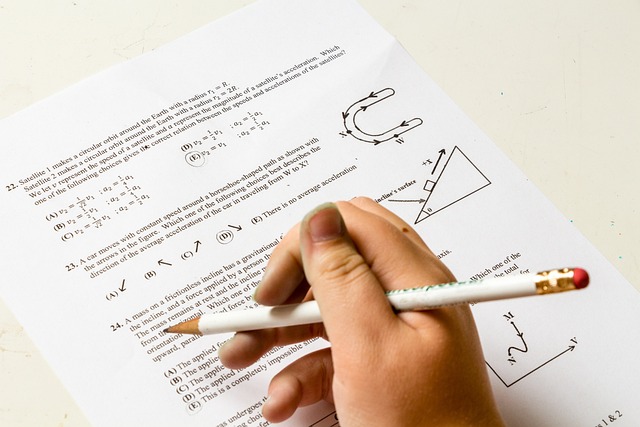WhatsApp Number: +1(249) 265-0080
Early Childhood Assessment
Using Assessments with Young Children
As you have learned this week, assessment is an integral part of the teaching and learning process. In this academic journal you will explore, from the teacher’s perspective, how educators who are knowledgeable about assessment can better support their students’ educational development, make informed instructional decisions, support families, and contribute to the overall effectiveness of the educational system.
Prepare
To prepare for this journal,
- Read Chapters 1-3 of the course text.
- Review the two-minute video: The difference you can make: One mom’s storyLinks to an external site..
- Use the Using Assessments with Young Children Download Using Assessments with Young Childrentemplate.
In Your Journal
In your journal,
- Discuss what you learned this week about the purpose of using assessment in early childhood to support diverse learners.
- Explain how the information you learned prepares you to use assessment results when designing your instructional plans.
- Describe how administrators and leaders can use classroom assessment information to inform school/program educational goals.
- Explain three strategies professionals may use to maintain relationships with families and share assessment information to support children’s development.
- Share one question you still have about assessment that you hope will get answered throughout this course
Check our essay writing services here
Early Childhood Assessment
Purpose of Using Assessment in Early Childhood to Support Diverse Learners
This week, I learned that assessment in early childhood is essential for identifying each child’s unique learning needs, abilities, and challenges. It helps educators understand where each child is in their development, which allows them to provide individualized support. The purpose of using assessment with young children is not only to measure their academic progress but also to ensure that learning is inclusive and tailored to diverse learners. By collecting data through formative assessments, such as observations and portfolios, educators can identify gaps in learning and adjust their teaching methods accordingly. Assessment also ensures that children from various cultural backgrounds, linguistic differences, and learning styles receive the attention and…


